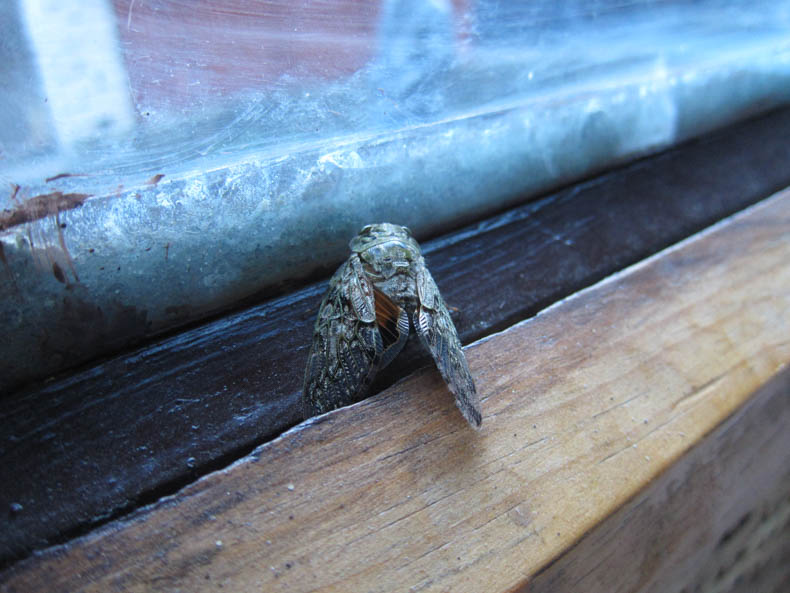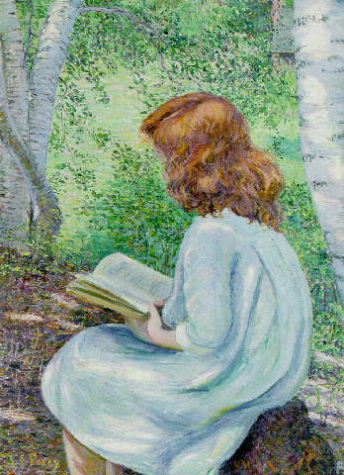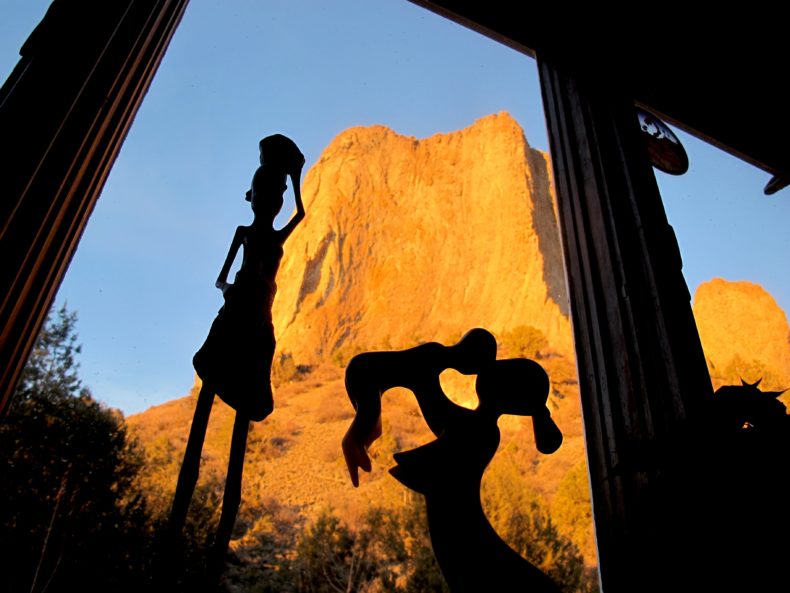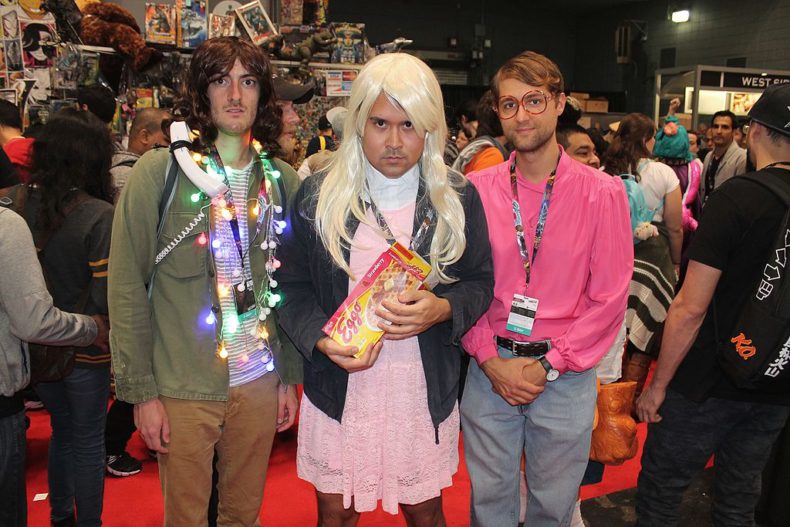
The best way to usher out the terrible year of 2016 may just be to watch TV (not the news) until it’s all over. The People of LWON have some recommendations for what to watch this holiday season, and if you have some great shows or movies to add to the list, please write them in the comments.
JENNY: I love shows that are fearless, funny, and a bit filthy. (I didn’t go for alliteration there–it just happened.) And, apparently, I like shows with one-word titles. So, Catastrophe and Fleabag are on my list of goodies. The former is hilarious and full of truth; the latter is a sly heartbreaker even as it has you cracking up. I’m also a huge fan of Peaky Blinders (don’t let the peculiar name put you off) and Narcos. Finally, give The Night Manager a go. Well done.
MICHELLE: I was thoroughly diverted by The Night Manager, but the best show I saw this year was Happy Valley, a BBC show available on Netflix. It’s violent and scary, so make sure you’re prepared for the content, but the writing and acting are so good that I think they might be perfect. Complex, compelling, beautifully performed characters, several of whom happen to be badass older women. Looking forward to the third season. [JENNY: Yes, Happy Valley! Good! Good!]
Continuing with my theme, from the other day, of lousy leaders from the distant past, don’t miss The Hollow Crown: The Wars of the Roses, the fancy new film versions of Shakespeare’s history plays airing this month on PBS. The first Hollow Crown series, released in 2013, covered Richard II, Henry IV and Henry V; this time we get the hapless Henry VI and that baddest of all royal baddies, Richard III. Now is the winter we are most content. Continue reading
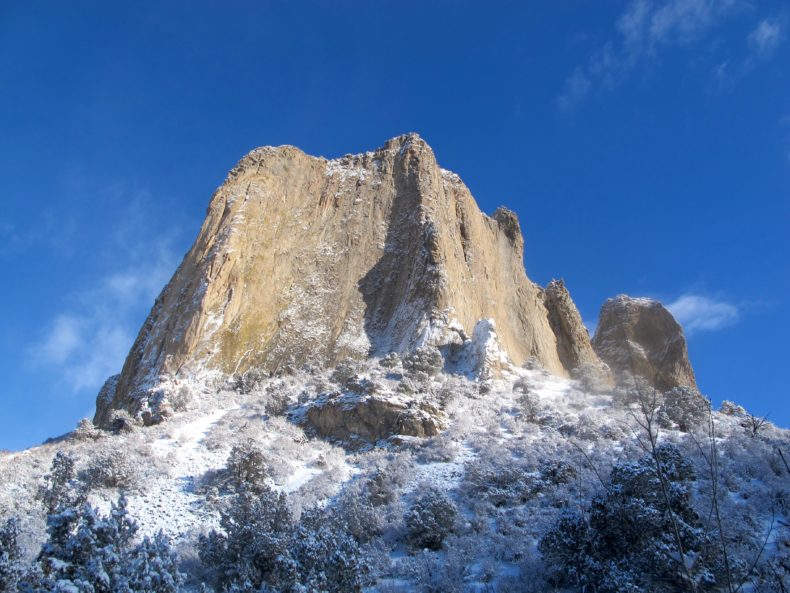 December 12-16, 2016
December 12-16, 2016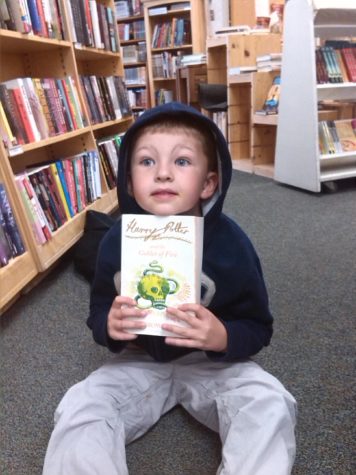
 This post first appeared on October 8, 2015, when I was still hopeful that a good strong El Nino could hold off California’s water problems a while longer. Where I am, it didn’t work. One of our reservoirs is now at 7 percent capacity. At another, the dam worker now needs water trucked in to where he lives onsite. Still, there’s a big storm that’s supposed to arrive today, and it’s hard not to keep hoping that this time–this storm, this winter, this water year–will make a difference.
This post first appeared on October 8, 2015, when I was still hopeful that a good strong El Nino could hold off California’s water problems a while longer. Where I am, it didn’t work. One of our reservoirs is now at 7 percent capacity. At another, the dam worker now needs water trucked in to where he lives onsite. Still, there’s a big storm that’s supposed to arrive today, and it’s hard not to keep hoping that this time–this storm, this winter, this water year–will make a difference.